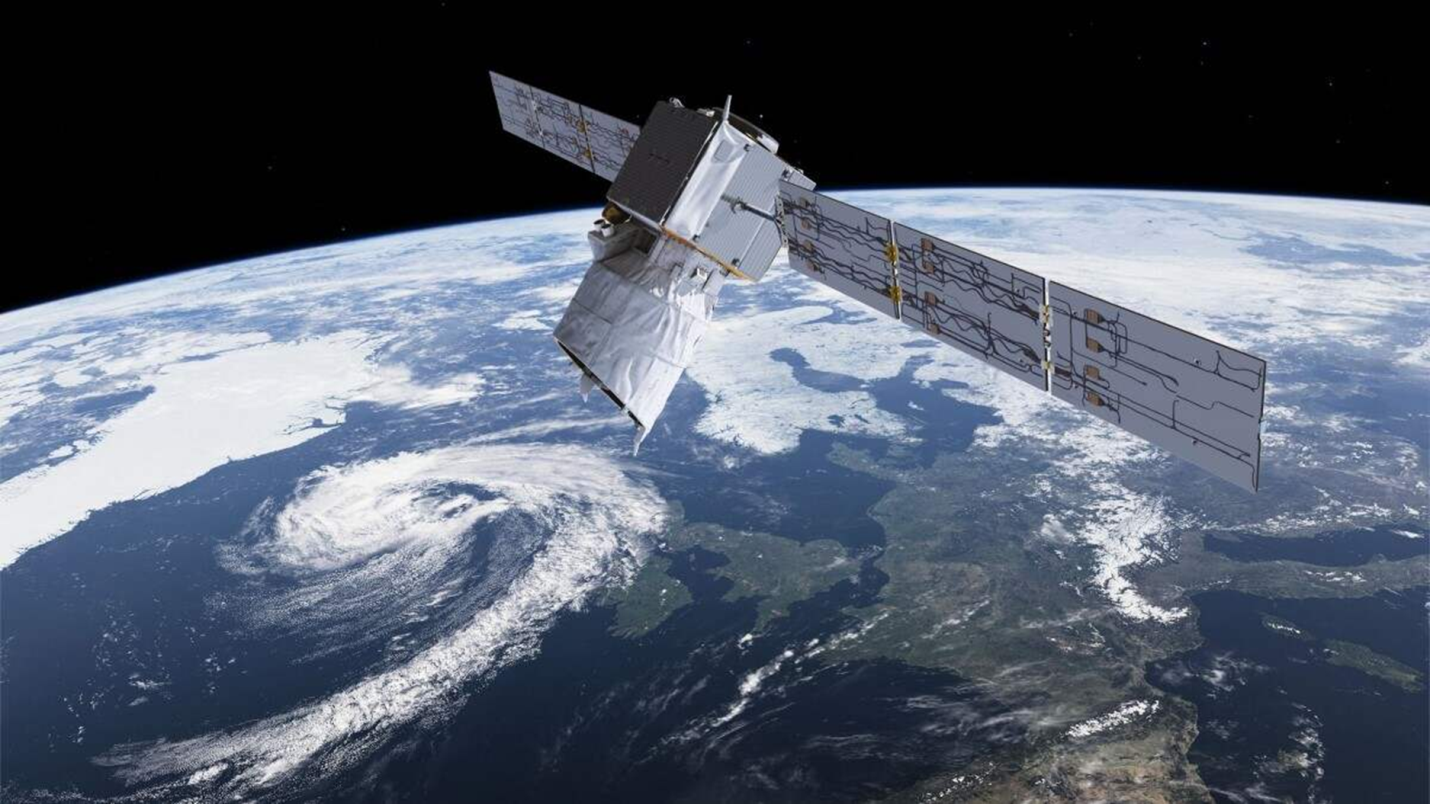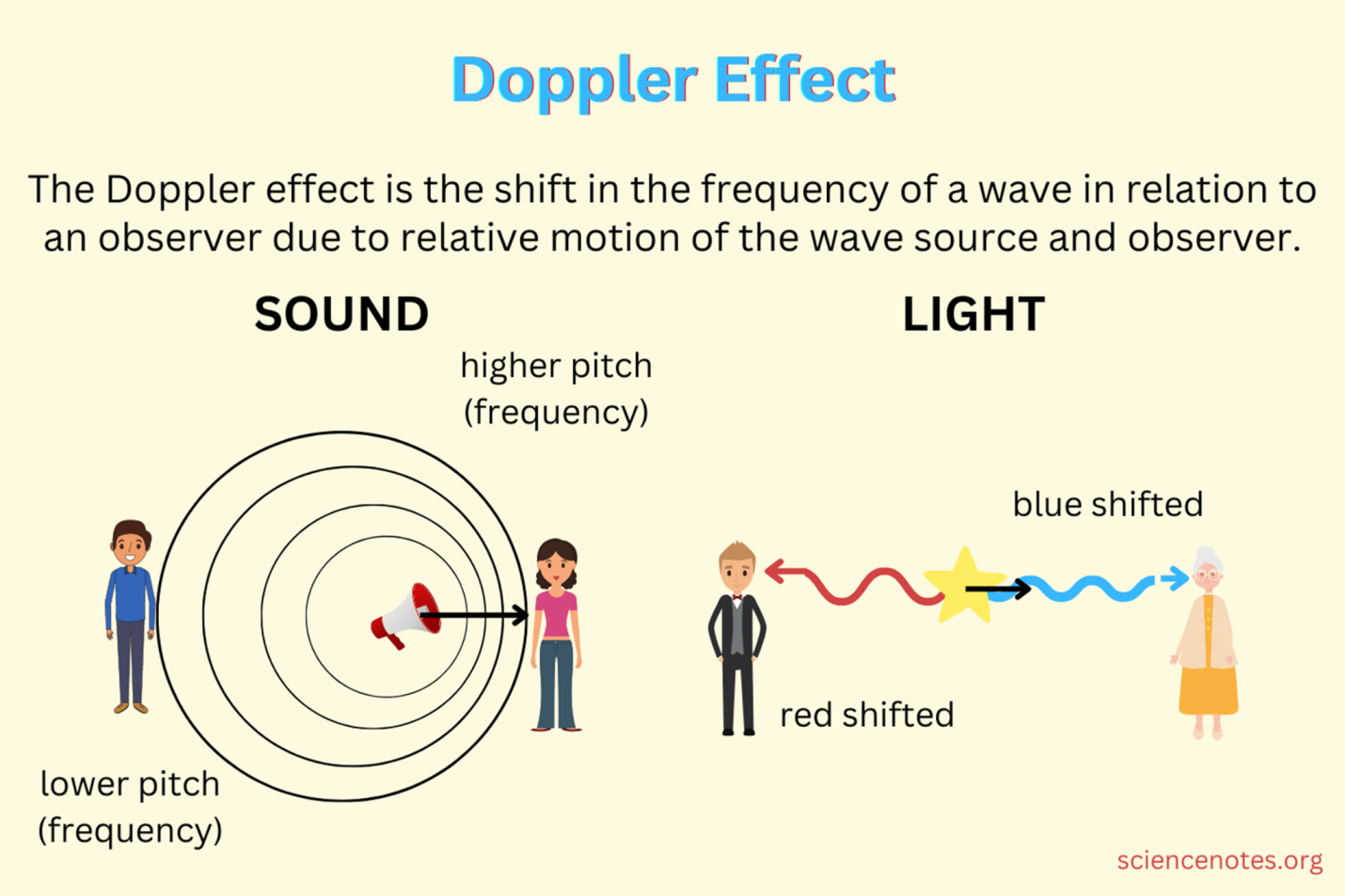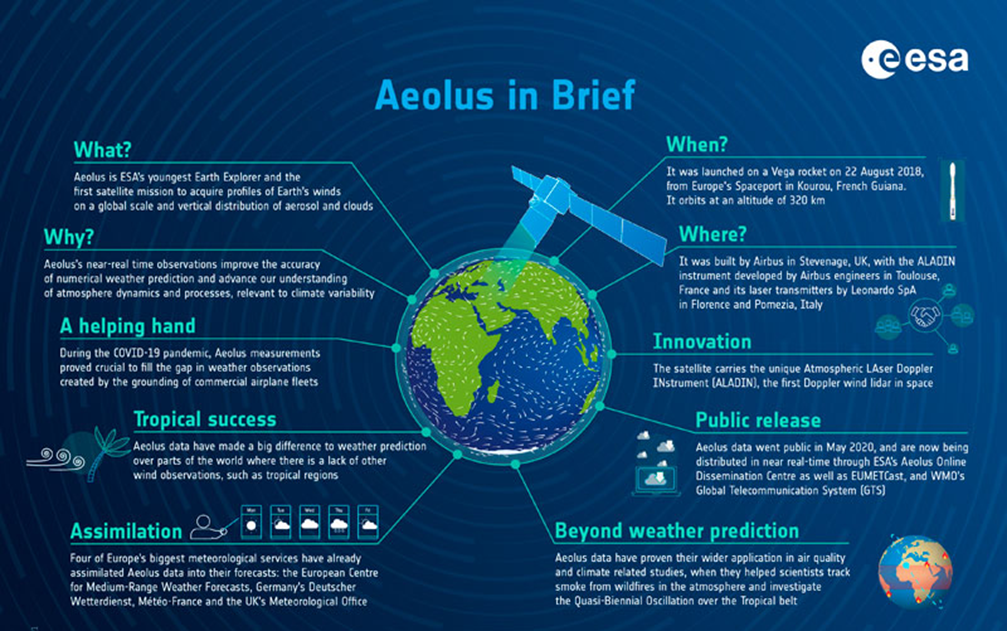Description

Copyright infringement not intended
Context: The European Space Agency (ESA) has announced that it will intentionally crash its Aeolus wind satellite on Earth in July 2023, after five years of successful operation. The data collected by Aeolus has improved weather forecasts and climate models, as well as providing insights into atmospheric dynamics and processes.
Details
- The European Space Agency's (ESA) Aeolus wind satellite, after exceeding its planned life in orbit, is making its way back to Earth. The mission, which was launched in 2018, has provided unprecedented data on global wind patterns and their impact on the climate and weather.
What is Aeolus and why is it important?
- Aeolus is a satellite mission launched by the ESA to study Earth's winds and their influence on the planet's climate and weather patterns. The mission is named after Aeolus, the ruler of the winds in Greek mythology.
- It was launched in August 2018, from the Guiana Space Centre in French Guiana.
- The primary goal of the Aeolus mission is to measure global wind profiles from space. It aims to provide accurate and comprehensive data on wind patterns in the Earth's atmosphere to improve weather forecasting, understand climate dynamics, and enhance our knowledge of the Earth's atmospheric circulation.
- Aeolus is the first satellite mission to acquire profiles of Earth’s wind on a global scale. Before Aeolus, wind measurements were mainly obtained from ground-based stations, balloons, aircraft, or other satellites that rely on indirect methods such as tracking clouds or water vapour. These methods have limitations in terms of spatial and temporal coverage, accuracy, and resolution.
- Aeolus uses a novel technique to measure winds directly and continuously from space. It is equipped with a single instrument called the Atmospheric Laser Doppler Instrument (ALADIN). ALADIN is a Doppler wind lidar, which stands for Light Detection and Ranging that measure the winds sweeping around the planet.
How does ALADIN work?
- ALADIN works by emitting short pulses of ultraviolet laser light into the atmosphere and measuring the Doppler shift of the backscattered signal from air molecules and aerosols.
- The Doppler shift is the change in frequency of a wave due to the relative motion of the source and the observer.
- By measuring the Doppler shift of the laser light, ALADIN can determine the speed and direction of the wind along its line of sight.
- ALADIN has two modes of operation: a high spectral resolution mode (HSR) and a Rayleigh mode. The HSR mode measures winds in the lower troposphere (up to 2 kilometres) by detecting the backscatter from aerosols such as dust, smoke, or pollution. The Rayleigh mode measures winds in the upper troposphere and lower stratosphere (from 2 to 16 kilometres) by detecting the backscatter from air molecules.
- ALADIN scans the atmosphere vertically and horizontally, covering a swath of about 50 kilometres wide along its orbit. It takes about 90 minutes for Aeolus to complete one orbit around the Earth, during which it collects about 1,500 wind profiles. Each profile consists of 24 wind measurements at different altitudes.

What are some of the achievements?
- Aeolus has been a remarkable success for ESA and the scientific community. Since its launch, it has delivered more than 100 million wind observations to users around the world. These observations have been used to improve weather forecasts, validate climate models, study atmospheric phenomena such as jet streams or hurricanes, and monitor air quality and greenhouse gases.
- Aeolus has also demonstrated the feasibility and potential of space-based Doppler wind lidars for future missions. It has shown that ALADIN can measure winds with high accuracy and resolution in various atmospheric conditions and regions. It has also proven that ALADIN can operate reliably in space despite the harsh environment and technical challenges.

Some of these challenges faced include:
- The degradation of ALADIN's laser transmitter due to exposure to high-energy particles in space. This has reduced its power output over time, affecting its performance.
- The contamination of ALADIN's optical components by molecular outgassing from other parts of the satellite. This has caused a loss of signal quality and sensitivity.
- The interference of ALADIN's measurements by sunlight or moonlight reflecting off clouds or ice crystals. This has created false signals or noise in some cases.
- The collision avoidance manoeuvres that Aeolus has to perform regularly to avoid space debris or other satellites. This has disrupted its normal operations and data collection.
Despite these challenges, Aeolus has exceeded its planned lifespan of three years and continues to provide valuable data to users. However, as its laser power declines further, its performance will degrade accordingly. ESA expects that Aeolus will re-enter Earth's atmosphere and burn up in July 2023.
What Next?
- Aeolus has been a pioneering and groundbreaking mission that has changed our view of the atmosphere and its dynamics. It has provided a new and unique source of information on global wind patterns and their role in the climate and weather systems. It has also advanced the technology and science of space-based Doppler wind lidars and paved the way for future missions.
- ESA is already planning a follow-on mission to Aeolus, called Aeolus-2, which will build on its achievements and address its limitations. Aeolus-2 will use a more powerful and robust laser transmitter, a more sensitive and accurate receiver, and a larger telescope to measure winds with higher precision and resolution. It will also have a longer design life of seven years and a higher orbit of about 500 kilometres to avoid space debris and interference.
.jpg)
Conclusion
- Aeolus has been a remarkable achievement for ESA and the scientific community. It has shown us how the winds shape our planet and affect our lives. It has also shown us how we can use space technology to explore and understand our environment. As Aeolus makes its way back to Earth, we can look forward to its successor and the new insights it will bring.
|
PRACTICE QUESTION
Q. What is the primary objective of the Aeolus wind satellite mission?
A) To study Earth's magnetic field
B) To measure global wind profiles from space
C) To observe ocean currents
D) To study the effects of solar radiation on the atmosphere
Answer: B
Explanation: The primary objective of the Aeolus wind satellite mission is to measure global wind profiles from space. The satellite is equipped with the Atmospheric Laser Doppler Instrument (ALADIN), a Doppler wind lidar, which measures the winds sweeping around the planet.
By studying the Earth's wind patterns on a global scale, Aeolus aims to provide accurate and comprehensive data on the speed and direction of winds at different altitudes in the atmosphere. This data is crucial for improving weather forecasting models, understanding climate dynamics, and enhancing our knowledge of the Earth's atmospheric circulation.
Aeolus' measurements of global wind profiles contribute significantly to advancements in meteorology, climate research, and related scientific fields. By observing and analyzing wind patterns from space, the mission enhances our understanding of how winds influence weather and climate on a planetary scale, providing valuable insights for atmospheric and environmental studies.
|
https://www.indiatoday.in/science/story/european-satellite-being-made-to-crash-intentionally-on-earth-2409864-2023-07-21


















